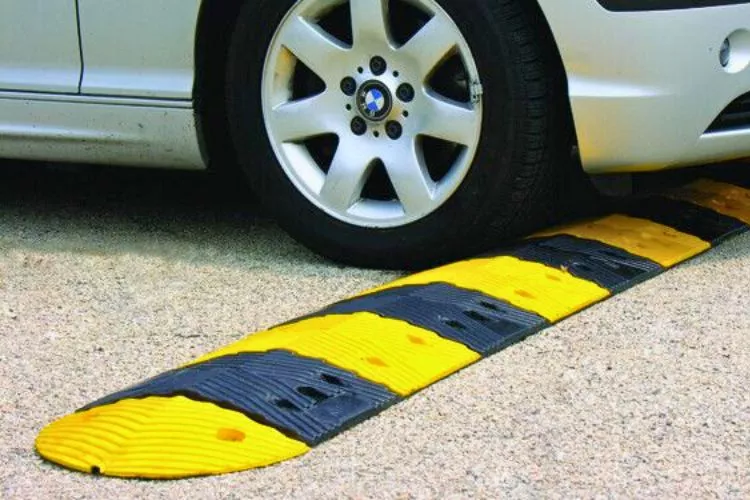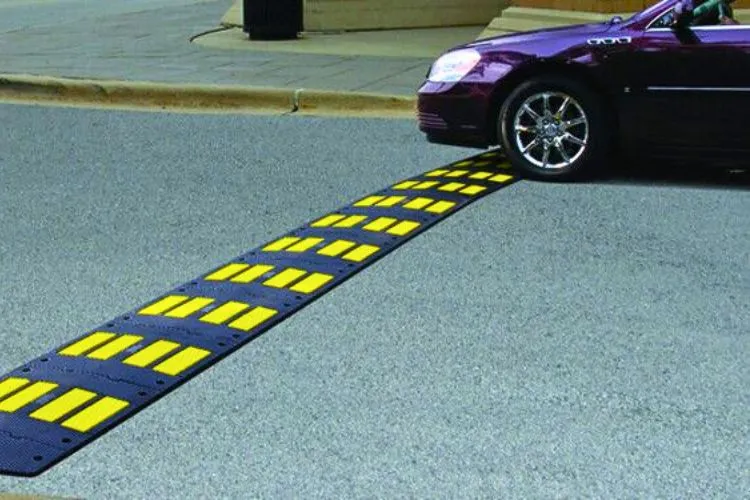Here I’ll explore the common causes of a car wobbling when hitting bumps, such as worn-out shocks or struts, unbalanced tires, or damaged suspension components. I will also help you identify the signs and symptoms that indicate your car is experiencing this issue, like steering wheel vibrations or uneven tire wear.

Table of Contents
Car Wobbles When Hitting Bumps: Here’s What You Need to Know and How to Fix It
🚗 Potential Causes of a Car Wobbling When Hitting Bumps
- Worn-out shocks or struts: These components absorb the impact of bumps and keep your car stable. Over time, they can wear out and lose effectiveness, leading to a shaky ride.
Diagnosis: Look for signs of leaking fluid, uneven tire wear, or excessive bouncing after hitting a bump.
Solution: Replace the worn-out shocks or struts. This repair can cost between $300 and $800, depending on your vehicle and the quality of the parts. You’ll need a jack; jack stands, and basic hand tools for this job.
- Unbalanced wheels: If your wheels are not properly balanced, they can cause vibrations and wobbling when driving.
Diagnosis: Check for uneven tire wear and listen for unusual noise from the wheels.
Solution: Have your wheels balanced at a professional tire shop. This service usually costs between $40 and $75.
- Damaged suspension components: Components like control arms, bushings, or ball joints can become damaged or worn out, leading to poor handling and wobbling.
Diagnosis: Inspect the suspension components for visible damage, excessive play, or unusual noises.
In addition to the causes mentioned earlier, there are a few more reasons for car wobbles when hitting bumps. These include poor wheel alignment, bent rims, and bad wheel bearings. Driving on rugged terrain or hitting potholes can bend your rims, and front wobbling indicates that the front rim is bent while wobbling behind you suggests that either rear rim is bent. Worn or damaged struts, control arms, ball joints, or other suspension components can cause the car to pull to one side when a bump is hit.
🚗 In Summary

Worn-out shocks or struts, unbalanced wheels, or damaged suspension components can cause a car to wobble when hitting bumps. Diagnosing the issue and taking the appropriate steps to fix it can improve your car’s performance and safety.
Regularly maintain and adjust your driving habits to prevent future problems. If you’re unsure about any of the repairs or diagnoses mentioned in this article, it’s always best to consult a professional mechanic for assistance.
Tips to Prevent Car Wobbling in the Future
- Perform regular maintenance on your vehicle, such as tire rotations and alignments, to ensure even wear and proper balance.
- Check your tire pressure regularly and keep it within the recommended range.
- Avoid overloading your vehicle, as this can strain the suspension and other components excessively.
- Drive cautiously and avoid hitting potholes or other road hazards that can damage your car’s suspension.
Can bad ball joints cause death wobble?
Yes, bad ball joints can cause death wobble in your vehicle. If your ball joints are loose, damaged, or worn out, they can cause your tires to lose contact with the road surface, leading to decreased steering control and stability.

Worn ball joints and unit bearings are also significant causes of death wobble. Driving excessively with a death wobble present can wear out your tie rods and ball joints more and compound the problem.
You May Also Find Useful: Can A Bad Fuel Pump Relay Cause Misfire? | Car Jerks When Slowing Down
What is the most common issue with death wobble?
The most common issue with death wobble is worn-out steering or suspension parts, such as loose ball joints, tie rod ends, loose or damaged track bars, and worn wheel bearings or hubs.
However, other factors can contribute to death wobble, including improper tire inflation, out-of-balance tires, faulty alignment, damaged steering components, or even bent wheels.
Conclusion
The most common issue with death wobble is worn-out steering or suspension parts, such as loose ball joints, tie rod ends, loose or damaged track bars, and worn wheel bearings or hubs.
However, other factors can contribute to death wobble, including improper tire inflation, out-of-balance tires, faulty alignment, damaged steering components, or even bent wheels.
